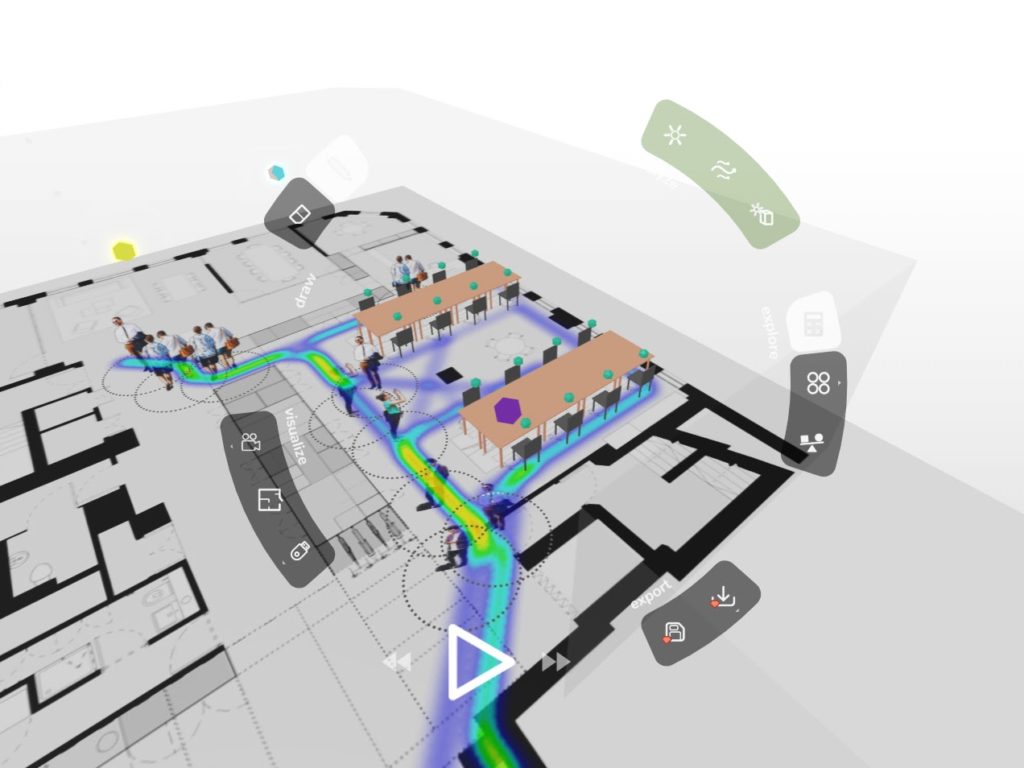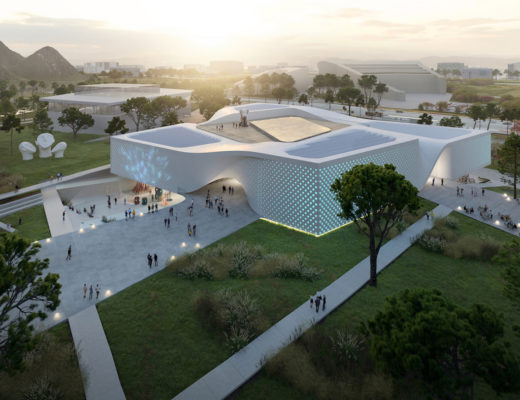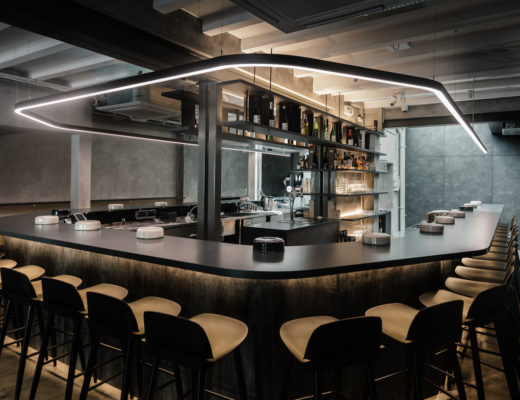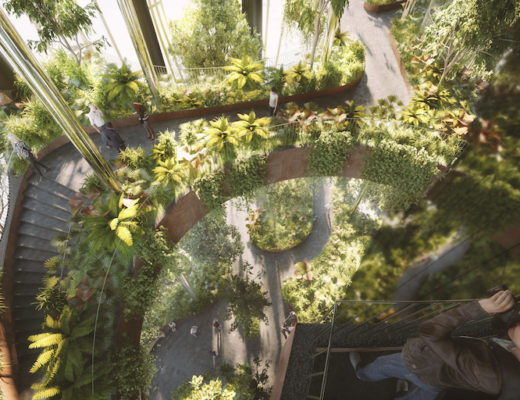There has been much speculation on the future of workplaces and public spaces as countries continue to grapple with the Covid-19 pandemic. While authorities scurry to put measures in place once the movement restrictions have been eased and gradually lifted, architects and designers are working overtime to come up with solutions for different work, play, and live environments, specifically indoor spaces.
Current social distancing guidelines prohibit people from close or public space encounters. However, research studies suggest that indoor spaces where social distancing guidelines are difficult to observe and maintain are a greater concern. A review of recent covid-19 outbreaks suggests a connection between interior design, occupancy, and airflow in spaces as the prime driver of risks. Enclosed, densely occupied environments, with poor air circulation, is the source of over 90% of infections.
Singapore-based software design firm, Digital Blue Foam that specifically engineers solutions for the AEC industry, has developed a tool that can help mitigate the risks associated with post-lockdown occupancy by offering an assessment of the risk of virtual exposure over extended periods of time in enclosed spaces.
“With the gradual easing of lockdown restrictions in many countries, people will slowly begin to move back into communal spaces. Everyone will need to look at their environment and make critical judgments. We are developing a tool which extends the capabilities of Digital Blue Foam to help business owners critically assess the risks based on factors of building volume, people, and airflow so they can design the safest and best strategy for their needs.” – Camiel Weijenberg and Sayjel Patel, co-founders of Digital Blue Foam
The programme analyses factors such as total occupancy and proximity, airflow and ventilation, and the duration of activities in the space. Based on these factors, the tool applies Digital Blue Foam’s generative design capabilities to recommend spatial planning strategies, such as the location of entry points, work areas, furniture placement, and retrofits, to suggest reduced risk solutions.
Designed for easy intuitive use, Covid-19 Space Planners allows users to import existing layouts as an image or CAD file, identify seating areas, air-conditioning zones, entry points, circulation routes, and fire exiting using a simple 2D web interface; identify risk areas with the ability to simulate airflow and circulation; generate new spatial layouts using existing furniture and elements using AI in the browser, based on different occupancy scenarios; and create 3D models and visuals.
The firm is currently working on a free version which they intend to make available to SMEs during the pandemic. The team is in further discussions with experts in medicine, CFD analysis, and wayfinding to develop new capabilities around airflow simulation and risk assessment, in addition to developing a pilot project. The team plans to release a beta version for general use at a later date.
You might also like:
Hong Kong-Shenzhen bi-city architecture and urbanism biennale to use facial recognition and AI
Digital Blue Foam’s web-based data aims to optimise BIM and reduce design study time





